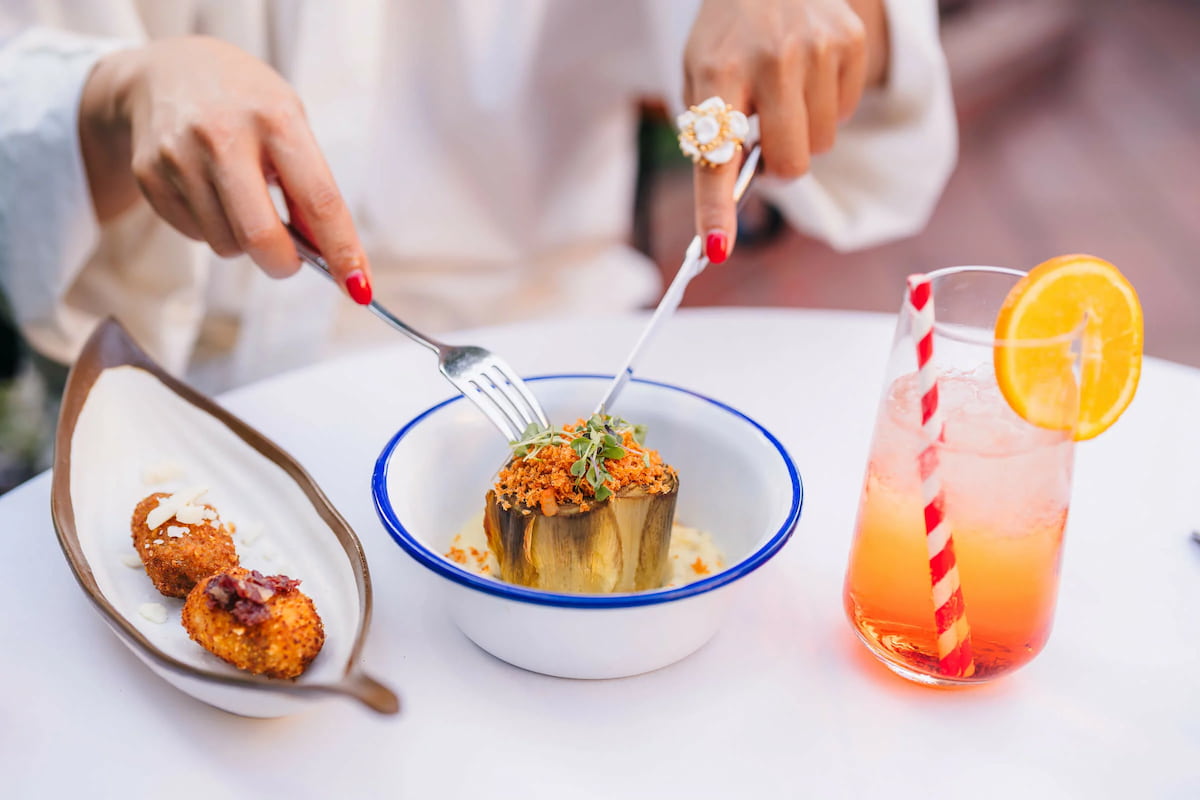Due to its geographical, physical and climatic variety, and its enormous mix of cultural influences, Grenada possesses an impressive wealth of folklore. A rich and varied folklore where music and dance have a special role and whose origin goes back to the festivities linked to the agricultural activity and religious character. From the fandangos of the Alpujarra and Almuñécar to the seguidillas of La Puebla de Don Fadrique, passing through the zambra dances of Sacromonte or Cachucha.
All of these typical dances of Granada are part of a culture that we should know and preserve. But, what is the most typical dance of Granada?
1. La Reja
La reja is a typical dance of Granada inspired by the wheels and movements of the “Zambras”, a very popular dance among the gypsies of the Sacromonte caves. A dance, to the rhythm of tanguillo, which pays tribute to Granada, the Torre de la Vela and the patron saint of the city, the Virgen de las Angustias. It was invented by Miguel del Castillo and harmonized by the Franco sisters.
2. Sacromonte Gypsy Zambra
Among the typical dances of Granada, the zambra is the most popular. Although its origin is not well known, the most accepted theory is that it has its roots in the mixture of Moorish and gypsy cultures. Nowadays, it still has a very important presence in the gypsy weddings of Sacromonte, divided into three main dances: the Alboreá, the Cachucha and the Mosca. Each symbolizes one of the most significant moments of the ceremony.
3. Farruca
The Farruca is a dance that has its origin in the zambra and stands out for the expression with which the song begins and the existence of several tunes of its own. Its melody is practically syllabic and not very melismatic and the rhythm with which it accompanies the guitar is choppy in the style of the Spanish pasodoble or the Argentine tango. The dance is characterized by the zapateado, with a great profusion of contratiempos and very elaborate rhythmic figures that make this genre the litmus test for many dancers.
4. Fandangos
The Fandango is one of the oldest and most popular dances of Granada and has become popular throughout Spain. Of Andalusian origin, in each region it has evolved in a different way, from folkloric to flamenco forms. In fact, it was the Moorish fandango that gave rise to the alboradas, the jotas, the boleros, the muñeiras and the malhaos, for example. In Granada, they are very common in the Albaicín and in the towns of Motril, Otívar, Almuñécar, Murtas and Dólar.
5. Jotica de Alomartes
The jotica de Alomartes is part of the group of fandangos “robaos” or cortijeros. A variant of the fandangos very typical of the area. It is a dance that has a great influence of the Aragonese jota, but with marked Andalusian touches. This type of dance, which is a combination of malagueña and fandango, experienced its greatest splendor in the 18th century, when it was danced at weddings, baptisms and patron saint festivals. But since the 19th century it has been danced at annual festivals and celebrations.
The steps of the dance resemble the courtship and seduction of the beloved. In fact, the central themes of their lyrics are usually the jota itself and romances.
6. Malagueña de Lanteira
The Malagueña de Lanteira is a dance derived from the fandango. A dance that perfectly reveals its Arabic influence. Of vigorous style and with numerous changes that have made it evolve over time. It is danced at Christmas, and is organized by the Hermandad de las Ánimas (Brotherhood of the Souls).
7. Seguidillas
The seguidillas is a type of dance that stands out for its lively movements and is usually accompanied by guitars, castanets, lute, bandurria, aniseed bottle and almirez, but can also be played with the guitarro, dulzaina, flute, violin and tamboril. The content of the lyrics is usually amorous, jocular or mischievous and is danced in pairs that form a circle and exchange with each other. It is quite common in the patron saint festivities.
So, there are many typical dances of Granada that you can enjoy if you decide to spend a few days visiting the area. Specifically, in the Zoraya Gardens we invite you to enjoy the flamenco experience with renowned artists of the national and international scene. A unique show that will leave you with unforgettable memories!









